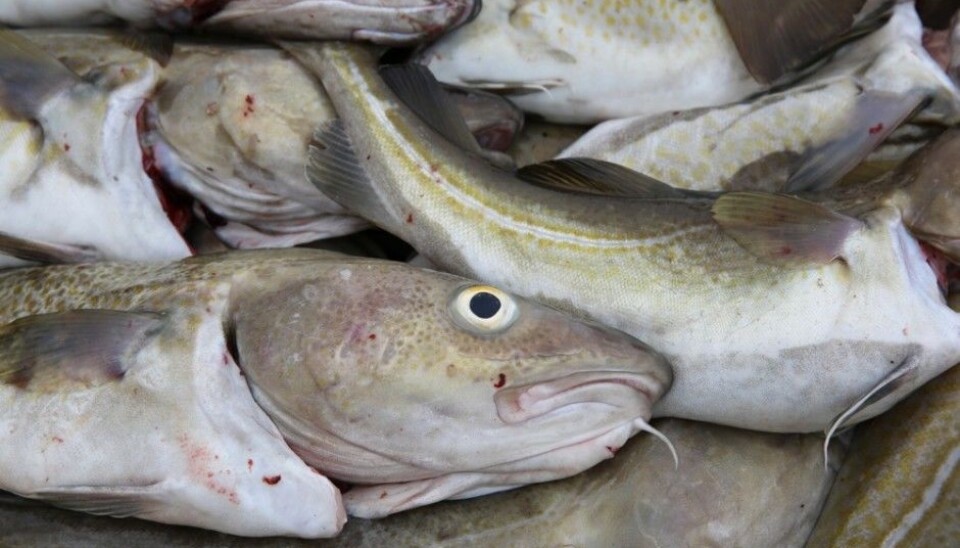
Nordic Stone Age diet was dominated by fish
Red meat seems to have been less important in Northern European Stone Age diets than previously thought.
Picture a Stone Age human on the prowl for proteins. Do you see a man hunting for a large animal with a spear or bow and arrow?
This was a common perception among researchers too – the idea of our Palaeolithic ancestors roaming about, hunting herbivores such as red deer stags, aurochs and moose.
But the prevalence of red meat in the paleo diet has probably been exaggerated, according to new research from Sweden’s Lund University.
The early inhabitants of the Nordic countries would surely have depended on what was readily available within a short range, and fish would have been a main staple.
Fish more important
The researchers at Lund examined known Stone Age human skeletal remains in Scandinavia from 82 individuals.
They also analysed animal bones from four different Early and Middle Mesolithic settlements in Sweden, finding new information about protein sources from 10,500 to 7,500 years ago.
Fish bones decompose faster than mammal bones and are less likely to be preserved. That decreases the chance of them being detected by archaeologists. The researchers had to use very fine-meshed nets to sift out remnants of fish bone at ancient Scandinavian human settlement sites.
Wide local variations
Local variations in diet were sizeable.
The skeletons analysed are from people who lived by lakes and rivers and by the sea. Signs of copious fish consumption are found at all four sites.
In the freshwater regions people regularly ate carp, perch, pike and burbot.
Those living on the seacoast ate mostly cod.
But they also consumed herring, pollock, haddock, dogfish and plaice. The scientists did not turn up many traces of migrating fish species such as eel and salmon.
Few berries and nuts
A popular trend in recent years is the Stone Age diet, especially for people trying to lose weight and live healthier. Such diets try to avoid foodstuffs that have found their way onto our plates after the agricultural revolution replaced the hunter-gatherer societies, grains and dairy products in particular.
Important ingredients in paleo-diets are vegetables, berries and nuts.
At a Stone Age settlement in Blekinge in South Sweden they found that mushrooms, berries and nuts comprised a meagre 3 percent of people’s protein intakes.
On the Baltic island Gotland the researchers found little evidence of vegetable consumption. About 60 percent of humans’ intake of proteins stemmed from fish.
Seal meat was an important food on Gotland and in Sweden’s west coast.
Indicating where people lived
The discovery of the dominant dietary role of fish is of interest for more than nutritionists. It also is a strong pointer regarding how and where Scandinavian foragers were living thousands of years ago.
Fishing in this era was a more stationary activity than hunting for land mammals.
The findings by the Lund University researchers showing the prevalence of fish in Stone Age diets indicates that early Scandinavians were more sedentary than believed, explained Adam Boethius at Lund University in a press release.
The researchers also found there was little overlapping of protein values among the different settlements. They think this reinforces the view that people were not so nomadic as might be expected and they mainly ate foods they found close by.
Broad basis of resources
Norwegian Stone Age culture was also marked by a proximity to ocean resources.
Lars Forsberg, a University of Bergen professor, works with Nordic archaeology. He has previously told ScienceNordic.com’s Norwegian partner forskning.no that Palaeolithic people in the north of Europe availed themselves of a wide range of resources.
He says the more we understand about hunter-gatherer cultures the less primitive they seem to be.
“Now we see how fantastically clever they were in exploiting resources in their domains.”
-------------------------------------
Read the Norwegian version of this article at forskning.no.
Translated by: Glenn Ostling





